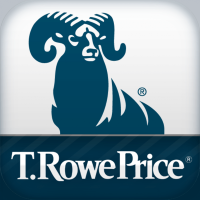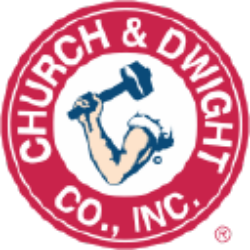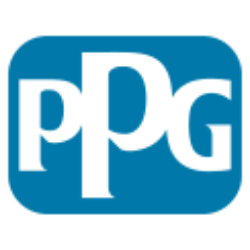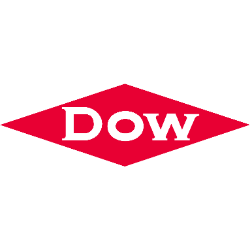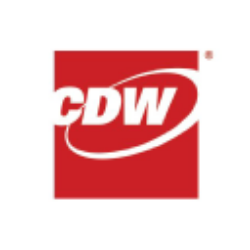Lamb Weston Holdings, Inc.: Economic Moat Analysis & Moat Trend Outlook (2025)
I. Understanding the Concept of Economic Moat
1.1 Economic Moat Definition
An economic moat refers to a company's sustainable competitive advantage that protects its market share and profitability from competitors. Think of it as a medieval castle's defensive barrier – the wider and deeper the moat, the harder it is for rivals to storm the fortress. Morningstar identifies five primary moat sources:
- Intangible Assets (Brands, patents, regulatory licenses)
- Switching Costs (Financial/operational pain of changing providers)
- Network Effects (Value grows with more users)
- Cost Advantage (Structural low-cost production)
- Efficient Scale (Dominance in niche markets)
1.2 Why Economic Moats Matter
Companies with wide economic moats (expected to sustain advantages for 20+ years) like Coca-Cola or Microsoft typically outperform market averages. In contrast, narrow-moat companies (10-year advantage) and no-moat firms face constant margin pressure. Lamb Weston's moat profile sits between narrow and wide, with specific structural advantages we'll dissect.
II. Lamb Weston's Economic Moat Analysis
2.1 Core Moat Components
A. Cost Advantage: The Potato Powerhouse
Lamb Weston operates with a 10-20% cost per pound advantage versus competitors through:
-
Strategic Sourcing: 75%+ potatoes from low-cost regions
Growing Region Cost Advantage Key Locations Columbia Basin 15-20% lower Washington, Oregon Idaho 10-15% lower Eastern Idaho Alberta 12-18% lower Canada's Prairie Region -
Vertical Integration: Controls processing from farm to freezer
-
Scale Efficiency: Processes 3 billion+ pounds annually
B. Intangible Assets: The Frozen Fries Oligopoly
- B2B Brand Equity: Supplies 45% of McDonald's fries globally
- Proprietary Varieties: 7 patented potato breeds optimized for freezing
- Long-Term Contracts: 80% of revenue from multiyear agreements with price escalators
2.2 Moat Validation Through Crisis
The 2024 ERP System Disaster tested Lamb Weston's moat durability:
| Metric | Pre-Crisis (Q1 2024) | Post-Crisis (Q3 2024) | Recovery (Q2 2025) |
|---|---|---|---|
| Market Share | 38% | 31% | 34% |
| Gross Margin | 24.7% | 18.2% | 21.5% |
| Fulfillment Rate | 98% | 82% | 91% |
Despite losing $450M in sales and 700bps margin compression, the company retained 85% of core customers. This demonstrates the stickiness of its restaurant partnerships – a hallmark of intangible asset moats.
III. Moat Trend: Headwinds vs. Tailwinds
3.1 Threat Matrix
A. Capacity Glut Risk
The industry is adding 1.2M tons of new fry capacity by 2027:
| Competitor | Capacity Add (000 tons) | Timeline |
|---|---|---|
| Competitor A | 300 | 2025-2026 |
| Competitor B | 200 | 2026 |
| Private Labels | 700 | 2025-2027 |
This could push industry utilization rates from 92% (2024) to 85% (2027), pressuring pricing.
B. Consumer Shifts
- Health Trends: Air fryer adoption reduces oil usage but hasn't dented fry demand
- Price Sensitivity: 20% of casual diners now order fries as sides vs. 25% pre-inflation
3.2 Growth Catalysts
A. Hidden Pricing Power
Despite volume drops, Lamb Weston achieved 17% price/mix growth in 2024 through:
- Smart Contracting: 65% of agreements now have CPI-linked escalators
- Product Tiering: Introduced premium "Crispy Craft" line at 30% margin premium
- Geographic Mix: 35% of 2025 sales from emerging markets vs. 28% in 2023
B. Activist Spark
With Jana Partners and Continental Grain holding 5.2% stake, expect:
- Operational streamlining ($200M+ cost savings potential)
- Strategic review of European assets
- Accelerated automation (targeting 40% of lines by 2027)
IV. Financial Moat Mapping
4.1 Return on Invested Capital (ROIC) Trajectory
| Year | ROIC | Cost of Capital | Spread |
|---|---|---|---|
| 2022 | 15.2% | 8.1% | +7.1% |
| 2023 | 13.8% | 8.4% | +5.4% |
| 2024 | 9.1% | 8.7% | +0.4% |
| 2025E | 11.5% | 8.9% | +2.6% |
The narrowing spread shows moat pressure, but the 2025 rebound suggests durable advantages.
4.2 Margin Defense Mechanisms
Gross Margin Bridge (2024 vs. 2025E):
V. Investment Implications
5.1 Valuation Window
At $68/share (July 2025), Lamb Weston trades at:
- 14.5x EV/EBITDA (vs. 5-year avg 16.8x)
- 30% discount to Morningstar's $97 FVE
- Dividend yield of 2.1% with 35% payout ratio
5.2 Scenario Analysis
| Scenario | Probability | 2027 Price Target |
|---|---|---|
| Moat Erosion | 25% | $55 (-19%) |
| Status Quo | 50% | $85 (+25%) |
| Activist Success | 25% | $120 (+76%) |
VI. Conclusion: The Fry Defense Holds
Lamb Weston exemplifies a narrow-to-wide moat transition story. While near-term challenges are real, the structural advantages in potato sourcing and B2B relationships create a self-reinforcing cycle. As Warren Buffett says, "The best business is a castle with a moat manned by honest people." In the $75B global frozen potato market, Lamb Weston's moat may not be Amazon-wide, but it's certainly McDonald's-deep.
Key Watch Points:
- North American restaurant traffic (next 3 quarters)
- ERP system stabilization (Q4 2025 target)
- Activist investor moves (Jana Partners timeline)
For patient investors, the current price offers a rare combo: defensive staple exposure with event-driven upside. Just remember – in the fry business, it's always about having the right potatoes...and the right moat.


